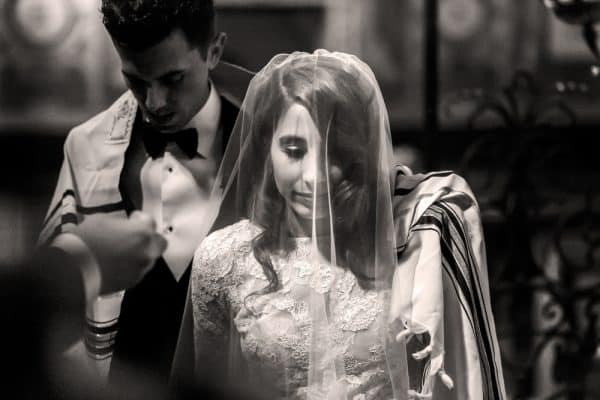Lower Intermarriage and Conservative Leanings Among NY Sephardic, Mizrachi Jews
A new study from the UJA-Federation of New York reveals that Sephardic and Mizrachi Jews in New York have distinct cultural and political traits compared to the broader Jewish community. The study, presented at the Sephardic and Mizrahi Symposium in November 2024, highlights the lower rates of intermarriage and more conservative political leanings among this group.
Sephardic and Mizrachi Jews in New York: Lower Intermarriage Rates
One of the key findings of the study is the significantly lower intermarriage rate among Sephardic and Mizrachi Jews in New York. While 37% of married Jewish New Yorkers are intermarried, only 20% of Sephardic and Mizrachi Jews report intermarriage, with 80% choosing partners within the faith. This contrasts sharply with the wider Jewish community, where the intermarriage rate stands at 37%.
Sephardic and Mizrachi Jews in New York: Political Conservatism
Another notable result of the UJA study is the higher proportion of Sephardic and Mizrachi Jews in New York who identify as politically conservative. While 30% of New York Jews self-identify as politically moderate, 39% of Sephardic and Mizrachi Jews lean toward moderation. When comparing political leanings, 9% of Sephardic and Mizrachi Jews identify as “very conservative,” while 9% are simply “conservative.” This shows a notable shift away from liberal leanings, with 22% fewer Sephardic and Mizrachi Jews identifying as liberal compared to the overall Jewish population in New York.
Why These Trends Matter for the Jewish Community in New York
The study’s findings are important because they shed light on the distinct identity and values of Sephardic and Mizrachi Jews in New York. These communities have historically been underrepresented in mainstream Jewish studies, often sidelined in discussions of Jewish cultural and religious life in the U.S. The symposium aimed to address this gap, emphasizing the unique contributions and perspectives of Sephardic and Mizrachi Jews.
Jason Guberman, executive director of the American Sephardi Federation, remarked on the long-standing underappreciation of Sephardic communities in New York, calling the study a “historic corrective” for the neglect of Sephardic and Mizrachi communities. According to Guberman, Sephardic and Mizrachi Jews in New York are “seriously Jewish, worldly, cosmopolitan, entrepreneurial,” values that are often overshadowed by more mainstream Jewish narratives.
Sephardic and Mizrachi Jews in New York: A New Chapter of Cooperation
The symposium also marked a new spirit of cooperation among Sephardic Jewish organizations and the UJA. Rina Kattan Cohen, community manager at the UJA, noted that this was the first organized event in over 100 years focused on including Sephardic and Mizrachi communities as equal stakeholders in New York’s Jewish life. This shift indicates that Sephardic and Mizrachi Jews are gaining more recognition for their rich traditions and contributions.
Conclusion: The Future of Sephardic and Mizrachi Jews in New York
The UJA study’s results provide valuable insight into the demographics and cultural values of Sephardic and Mizrachi Jews in New York. The lower rates of intermarriage and the political conservatism observed in this group are reflections of their strong commitment to Jewish identity and traditions. As the community continues to grow and gain recognition, it will be crucial for Jewish organizations and leaders to continue fostering inclusion and cooperation.
For a more in-depth look at the study, read the full article here.








Ohr HaChaim Yomi – Emor